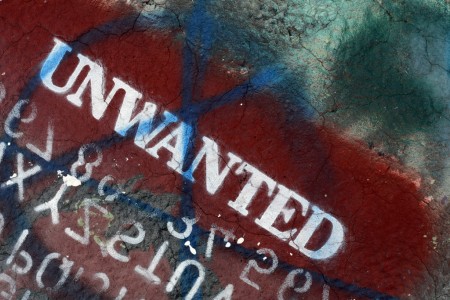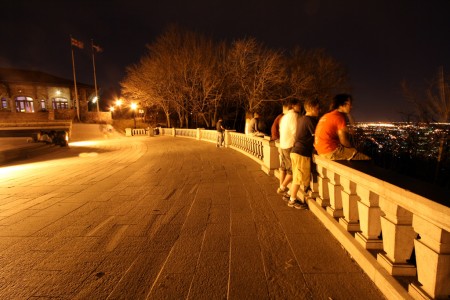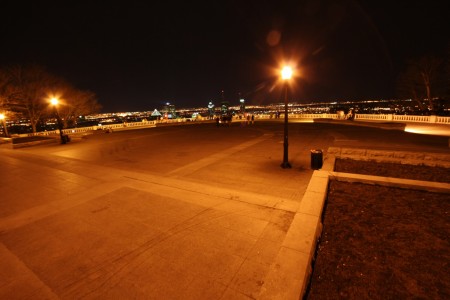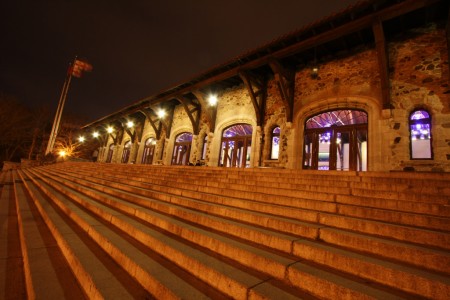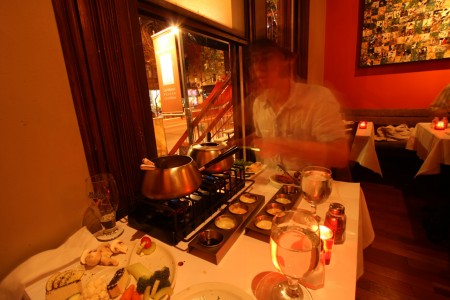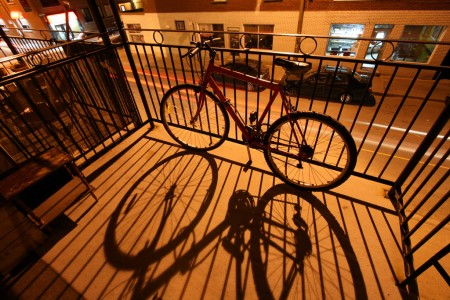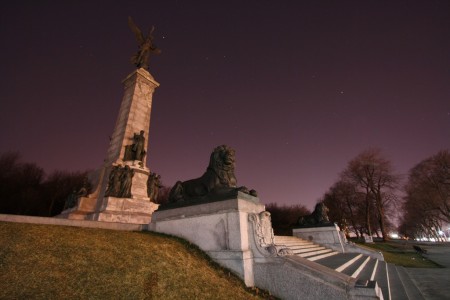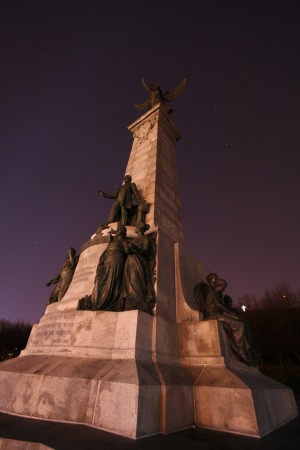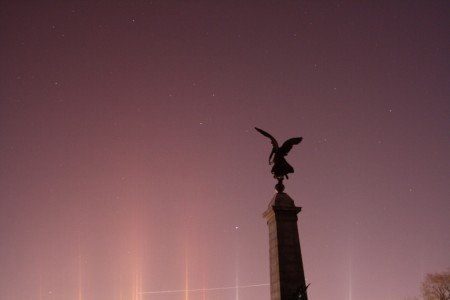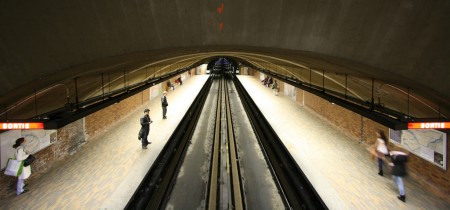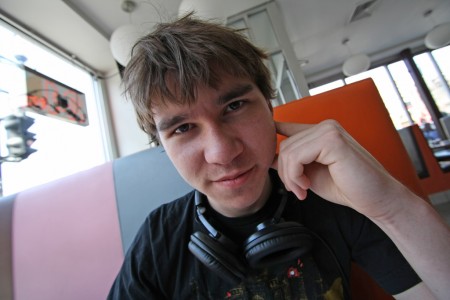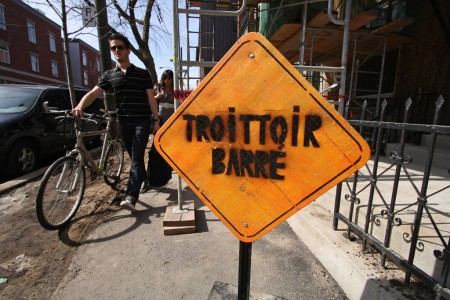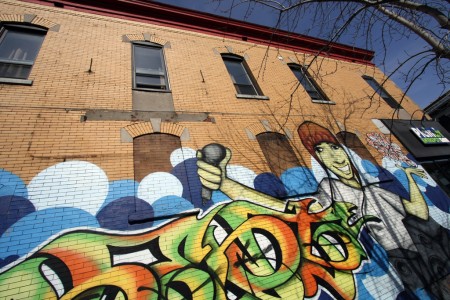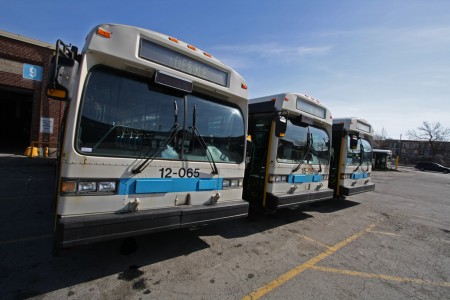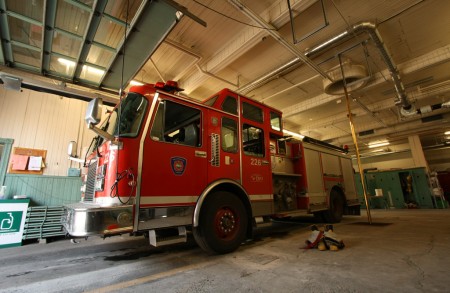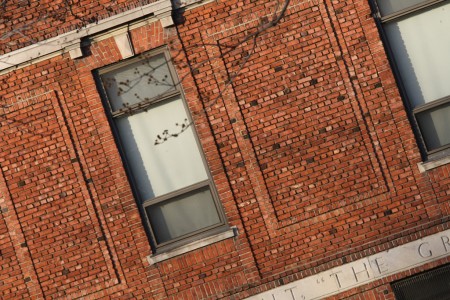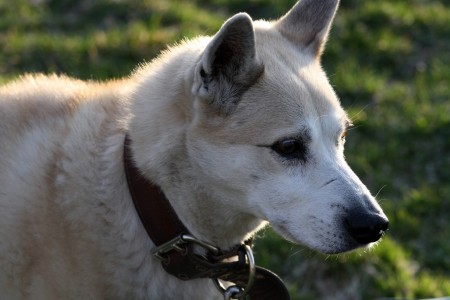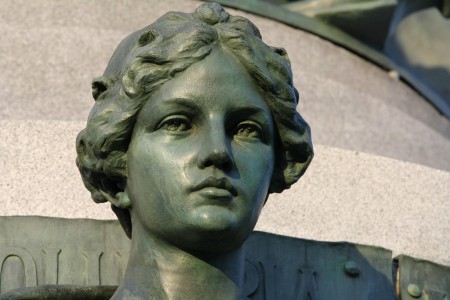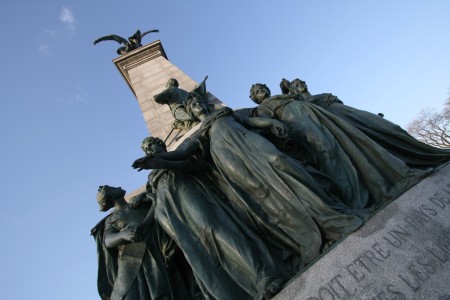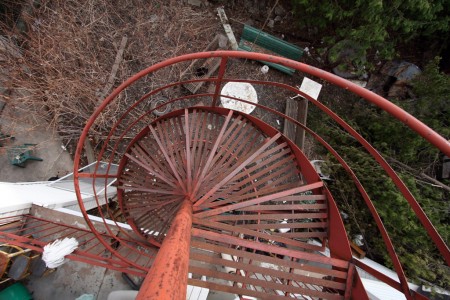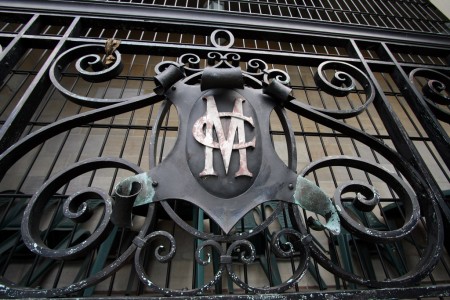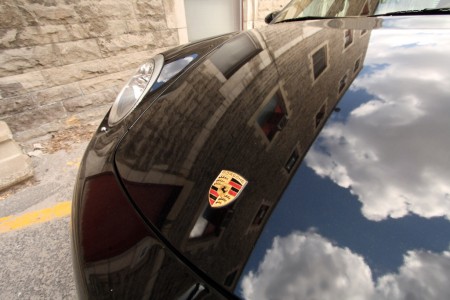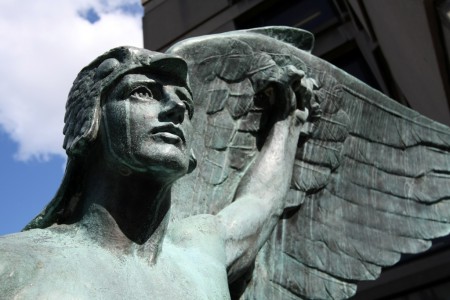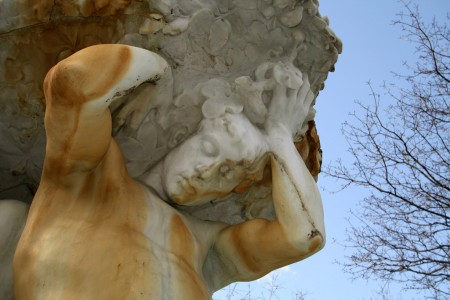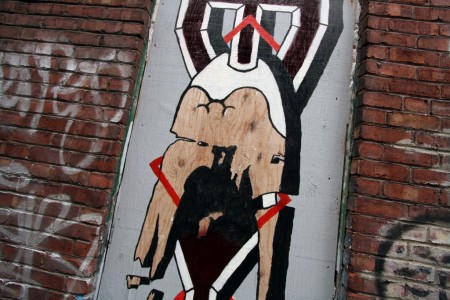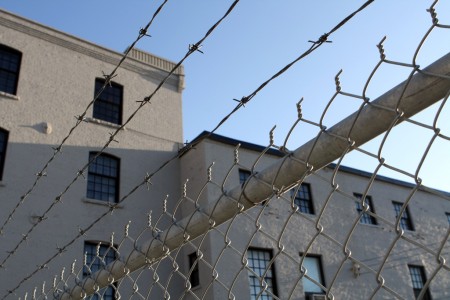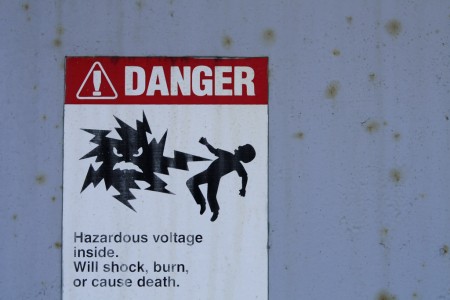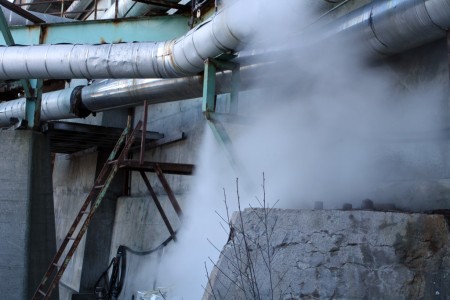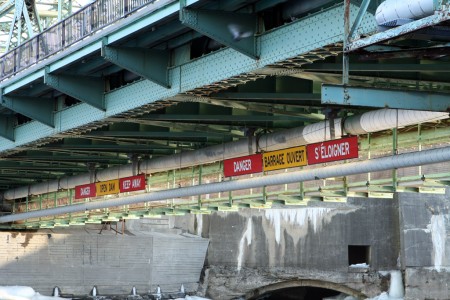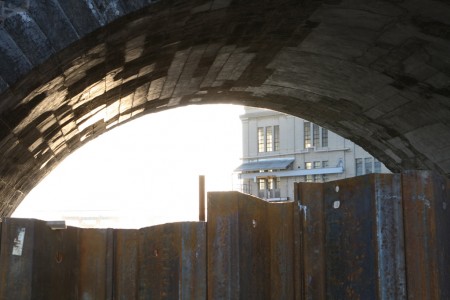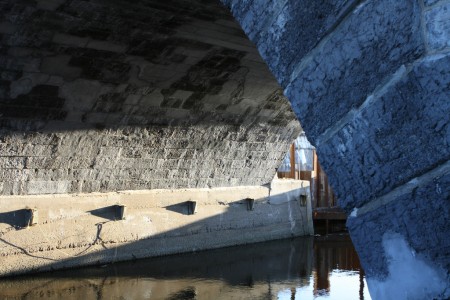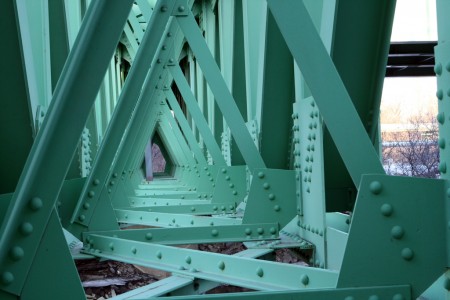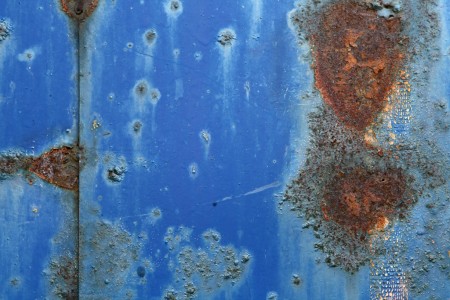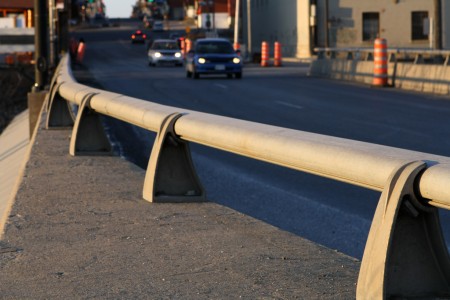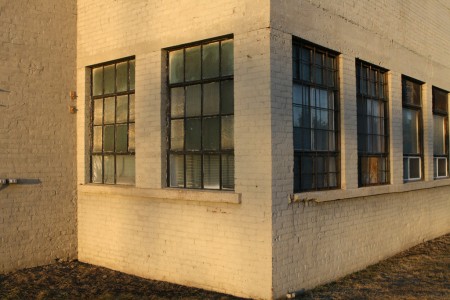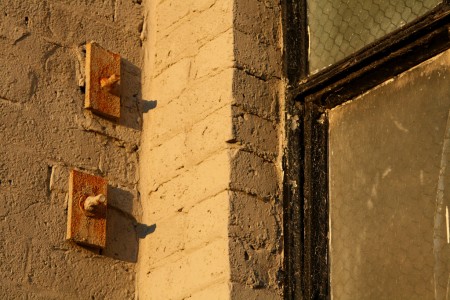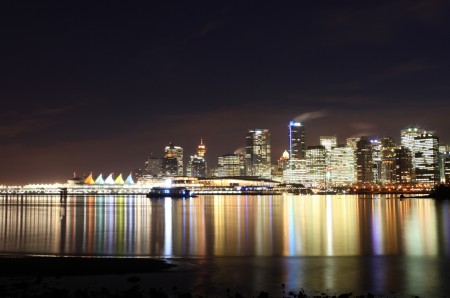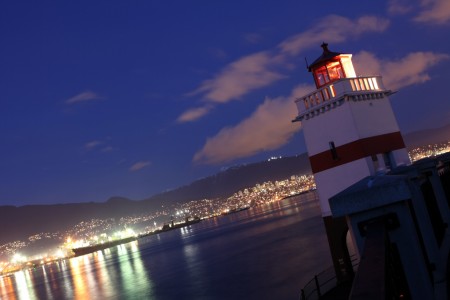For the sake of documentation and discussion, here is a list of all the cameras I have ever owned:
Lime green McDonald’s camera
- Obtained as part of a McDonald’s Happy Meal, used to take photos in Czechoslovakia as a child
- Used 110 cartridge film
Minolta Freedom AF Big Finder point-and-shoot (P&S) film camera
- Used 35mm film, like all subsequent film cameras to date
- Christmas gift used for years, including to take photos during the first and second LIFEboat Flotillas
- Stolen and replaced by insurance company
Used Pentax ME Super single lens reflex (SLR) film camera
- Acquired in 11th grade, first ‘artistic’ camera, purchased used from North Vancouver photo store
- 50mm lens owned, telephoto and wide angle lenses borrowed
- Used in England
- Mostly used with black and white negative films: Ilford Delta 400 and Kodak T-Max 100 and 400
- Eventually sold back to the shop where it was purchased
Canon Rebel G entry-level film SLR
- Purchased in search of better metering and reliability than the MX Super provided
- Established me as a probable Canon user for life, though I didn’t realize the significance at the time
- Purchased with Canon 50mm f/1.8 lens, rather than kit lens
- Subsequently purchased Canon 28-105mm f/3.5-4.5 II USM, while living in Montreal
- Used in Italy and the Czech Republic in summer 2004
Canon Elan 7N semi-professional film SLR
- Purchased toward the end of undergrad
- Used in Malta, Ireland, Turkey, and the United Kingdom
- Not really the best use of money. Another lens would have been better.
Canon A510 P&S digital camera
- Purchased at Staples shortly before going to Oxford, primary camera used for documenting Oxford years
- Camera used for most of my photo.net images
- Used for in Estonia, Finland, Malta, Scotland, Ireland, Turkey, France, Wales, and Morocco
- Sent to Canon for repair when a large blob of dust and/or mold appeared on the sensor
Canon A570 IS P&S digital camera
- Replacement for A510, motivated largely by the addition of image stabilization, purchased at Future Shop (big mistake)
- Defective when purchased, but fixed by Canon
Canon Rebel XS entry-level digital SLR
- Came with 18-55mm f/3.5-5.6 IS kit lens, which was eventually returned along with the body to the manufacturer
- Later purchased replacement for broken Canon 50mm f/1.8 as well as Canon 70-200mm f/4L IS USM and Canon 24-70mm f/2.8L USM.
- Also used with rented Canon EF-S 10-22mm f/3.5-4.5 USM (See: night and day)
- Electrical problems twice, flash problem once, eventually returned to Canon as defective
Canon 5D Mark II semi-professional digital SLR
- Replacement for dead Rebel XS
Each camera was of considerable use, and taught me something about photography. The general pattern has been buying an entry-level version of some sort of camera and eventually replacing it with one or more superior successors. In each case, the transition to a new class of camera has been more important than subsequent upgrading within the class – that goes for going from P&S to SLR, going from film to digital, and going from digital P&S to digital SLR.
- Best value for money: the A570 IS
- The camera I learned the most from: either the MX Super or the Rebel XS
- Most fun to use: all the SLRs
- Biggest savings anchor: the 5D Mark II, which cost as much as all the previous cameras put together
At some point, I would like to try either a 35mm or a digital rangefinder, as well as medium format film.

